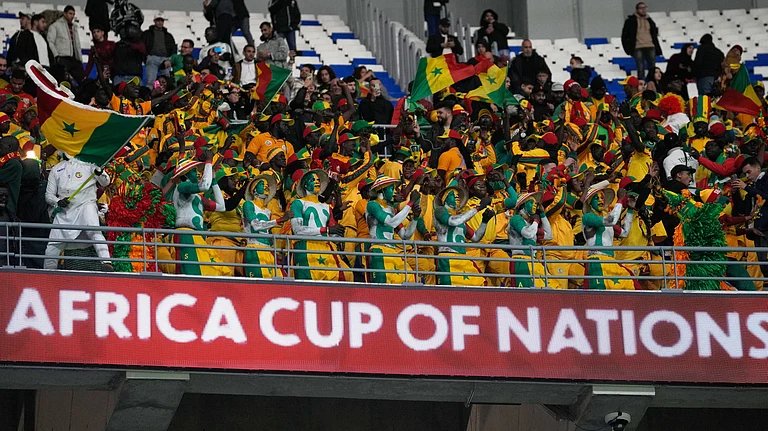The best ‘short story’ as a literary genre has always been for me the prose equivalent of classical music, fine single malt, or an elegantly executed leg glance in Test cricket. John Steinbeck, Raymond Carver, Joyce Carol Oates, James Lasdun, Anne Michaels, Carole Maso, and many others have left a rich bouquet of resonant words.
Even in works of modern Indian-South Asian English-language writers— such as Vikram Seth’s From Heaven Lake (1983), Rohinton Mistry’s Tales from Ferozeshah Baag (1987), Amit Chaudhuri’s A Strange and Sublime Address (1991), Jhumpa Lahiri’s Interpreter of Maladies (1999), Pico Iyer’s The Global Soul: Jet Lag, Shopping Malls, & The Search for Home (2000), Anita Desai’s Diamond Dust and Other Stories (2002), Aamer Hussein’s Insomnia (2007), Daniyal Mueenuddin’s In Other Rooms, Other Wonders (2009), and others—the shorter form, both fiction and creative non-fiction, has produced some of these writers’ best works.
The Indian short story in English is now having a major revival. More mainstream publishers are putting out collections by younger writers. The short story as a form in the other regional Indian languages, however, has always had a long and distinguished history. Both Janice Pariat and Prajwal Parajuly’s fine debut collections largely map the north and the northeastern Indian terrain with subtlety, sensitivity, vibrancy and originality—two new, immensely strong young talents who I predict will have long innings as writers.
Janice Pariat’s first collection of well-told stories, Boats on Land, is one of the most assured and stylish first books I have read in a long time. She writes with poise, fluency and lyricism—possessing an acutely strong sense of landscape and its history. This book is her own pointed way to recast the Northeast terrain using a contemporary idiom of English as it is spoken there in the current cultural milieu; touching upon important aspects, like “the early days of the British Raj, the World Wars, conversions to Christianity, and the missionaries”.
The fifteen stories in Boats on Land are filled with fascinating folklore and the supernatural, dream and shape-shifters, water fairies and fireside tales of the past. Her fictional world is suffused at the same time with both realism and a quality of evanescence. My favourite pieces include Laitlum, A Waterfall of Horses, 19/87, and the title story. It is appropriate that Pariat quotes Alejo Carpentier as an epigraph to the book (“I found the marvelous real with every step”), as a lot that unfolds carry reminders of this echo, both obvious and oblique.
The opening lines of the book are these: “How do I explain the word? Say it. Out loud. Ka ktien. The first, a short, sharp thrust of air from the back of your throat. The second, a lift of the tongue and a delicate tangle of tip and teeth.” Janice Pariat is surely a poet’s prose-writer, whose sentences are beautiful, often magical, fragile, quiet and precise. Boats on Land is a finely nuanced debut.
The landscape of Prajwal Parajuly’s The Gurkha’s Daughter includes Nepal and the Nepali diaspora in India, Bhutan and the world. One would be tempted to group him with other writers from Nepal, like Samrat Upadhyay or Manjushree Thapa, but that would stylistically do him injustice. Parajuly writes with poignancy and delicacy—his prose is tuned to the right pitch, constructed with uncluttered lucidity and care.
This collection includes eight tightly wrought stories, and some of my favourites are The Cleft; No Land is Her Land; Passing Fancy (which poignantly brings out aspects of the unstated emotional parent-children conundrum when the latter leave the nest); The Immigrants; and the eponymous title story with the queasy mutual spit-eating ritual as friendship’s rite of passage. Whether it is “a disfigured servant girl (who) plans to flee Nepal; a Kalimpong shopkeeper (facing) an impossible dilemma; (or) a Nepali-Bhutanese refugee (pinning) her hope on the West” as portrayed in No Land is Her Land, Parajuly’s stories are always anchored in the human condition.
He paints the penumbra-filled edges of society and relationships with subtlety, understated wit and compassion. In The Cleft, he details the intimacy between the mistress, Parvati, and the servant girl, Kaali: “When Parvati first heard the news, by way of a phone call from her youngest brother-in-law in Birtamod, she applied some coconut oil to her hair and called for the servant girl to massage her scalp and temples”.
Every story is prefaced with maps—eastern Nepal, southern Tibet, Bhutan, Bangladesh, and parts of east India; with the relevant cities in that particular story consciously highlighted. Even more conscious is the use of dialogue and regional words that are believable, convincing and ring true in their tenor. His story ending can be subtle and suggestively open-ended, so that readers can paint their own final frames. The Gurhka’s Daughter is a highly nuanced and accomplished debut by a fine young writer of immense promise.
Sudeep Sen’s books include Postmarked India: New & Selected Poems (HarperCollins) and The HarperCollins Book of English Poetry (editor). He edits Atlas (www.atlasaarkarts.net)






















